Lab-Grown Meat vs. Traditional Meat: The Future of Food or Just a Fad?
The rise of lab-grown meat offers a potential solution to the environmental and ethical challenges of traditional meat production. While it promises benefits like reduced greenhouse gas emissions and improved animal welfare, lab-grown meat still faces hurdles in cost, scalability, and public acceptance. Will it become the future of food, or is it just a passing trend?

As concerns about the environmental and ethical impacts of meat production grow, lab-grown meat has emerged as a revolutionary alternative. This new form of meat is produced by culturing animal cells in a lab rather than raising and slaughtering animals. But how does it compare to traditional meat? Is lab-grown meat the future of food, or is it simply a passing trend? Let’s explore the differences, benefits, and challenges of both to determine which might dominate the future of our diets.
Nutritional Comparison
Traditional Meat:
Traditional meat, sourced from animals like cows, pigs, and chickens, is a complete protein, rich in essential amino acids, vitamins (such as B12), and minerals like iron and zinc. It provides important nutrients that are beneficial for muscle building, blood health, and overall vitality. However, the nutritional quality of meat can vary depending on the animal’s diet and how it is raised.
The downside to traditional meat, particularly red meat, is its association with higher risks of heart disease, certain cancers, and other health issues when consumed in excess. Additionally, factory-farming methods can lead to lower quality meat that is higher in fat and cholesterol.
Lab-Grown Meat:
Lab-grown meat, also known as cultured meat, is produced by replicating the muscle cells of animals in a controlled environment. It can have similar nutritional benefits to traditional meat, such as high-quality protein, iron, and essential vitamins, but with the potential to be customized. For example, lab-grown meat could be produced with a lower fat content or enriched with additional nutrients.
Though it is still early in its development, lab-grown meat could eventually be tailored to offer even more health benefits, such as reduced levels of harmful saturated fats, offering a healthier alternative to conventional meat.
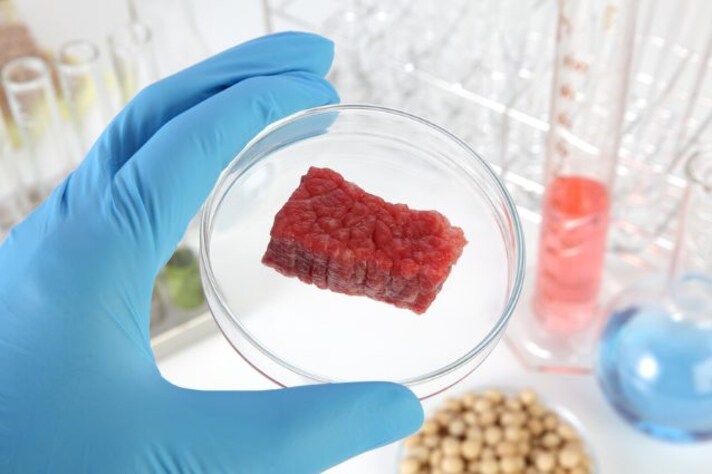
Environmental Impact
Traditional Meat:
The environmental impact of traditional meat production is well-documented. Raising animals for food requires vast amounts of land, water, and feed. Livestock farming is also one of the largest contributors to greenhouse gas emissions, deforestation, and biodiversity loss. The overuse of antibiotics and hormones in factory farming is another concern.
The environmental toll of traditional meat is a major driver behind the development of lab-grown meat, as it promises to reduce the need for animal farming and minimize the ecological damage associated with conventional meat production.
Lab-Grown Meat:
Lab-grown meat is hailed as a more sustainable alternative. Because it eliminates the need to raise and slaughter animals, it has the potential to dramatically reduce land and water use. In fact, estimates suggest that cultured meat could reduce greenhouse gas emissions by up to 96%, depending on the energy sources used during production.
Additionally, lab-grown meat production is expected to require far less feed, and the use of antibiotics and hormones could be reduced or eliminated entirely. While energy consumption in lab-grown meat production is a concern, it’s still significantly lower than that of traditional meat farming.
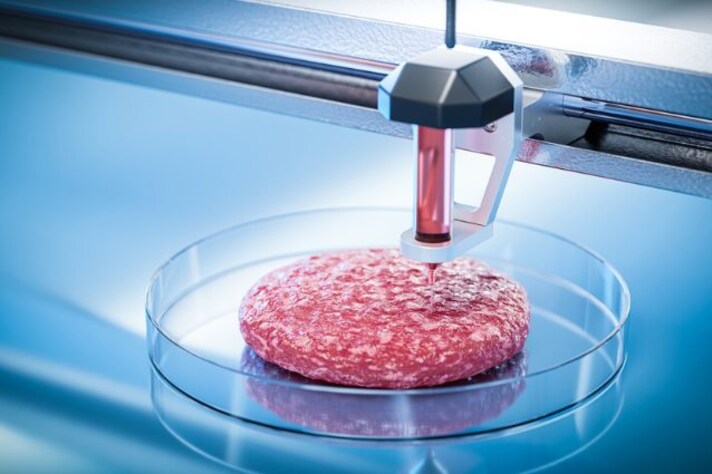
Ethical Considerations
Traditional Meat:
Traditional meat production raises significant ethical concerns related to animal welfare. Factory farming practices, in particular, often involve inhumane conditions, overcrowding, and the mistreatment of animals. Ethical consumers and advocates for animal rights have long pushed for more humane practices and alternatives to factory farming.
Lab-Grown Meat:
Lab-grown meat addresses many of the ethical issues associated with traditional meat production, as it eliminates the need to raise and slaughter animals. Cultured meat is seen as a more humane alternative, as it reduces the demand for factory farming and the associated cruelty. However, some animal rights activists argue that lab-grown meat may still rely on animal cells in its production process, which could raise ethical concerns of its own.
Cost and Accessibility
Traditional Meat:
Traditional meat is widely accessible and relatively inexpensive, especially in regions where livestock farming is prevalent. The meat industry is highly developed, with well-established distribution channels making it easy for consumers to purchase a variety of meat products at various price points.
However, the cost of traditional meat can fluctuate depending on supply and demand, environmental factors, and animal diseases. Additionally, as demand for sustainably raised or organic meat grows, prices can be significantly higher for ethically sourced meat.
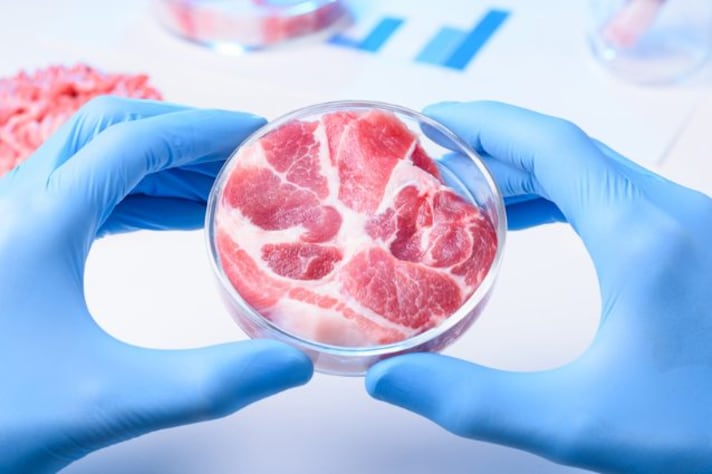
Lab-Grown Meat:
At present, lab-grown meat is far more expensive to produce than traditional meat, due to the technology, research, and infrastructure required to scale production. However, as the process becomes more refined and production costs decrease, lab-grown meat could become more affordable and accessible to the average consumer.
Currently, lab-grown meat is mostly found in specialty markets or experimental food services, with limited availability for everyday consumers. But as the technology advances and economies of scale are realized, lab-grown meat could eventually be sold at a comparable price to traditional meat.
The Verdict: Is Lab-Grown Meat the Future of Food?
Lab-grown meat holds tremendous promise in addressing the environmental, ethical, and health-related challenges of traditional meat production. With the potential for less resource consumption, reduced greenhouse gas emissions, and the possibility of tailored nutritional profiles, cultured meat could revolutionize the food industry in the coming decades.
However, several challenges remain, including the high cost of production, regulatory hurdles, and public acceptance. Traditional meat is still deeply ingrained in many cultures and culinary traditions, and the infrastructure for its production is well-established.
Ultimately, whether lab-grown meat becomes the future of food or simply a passing trend will depend on how well it can overcome these challenges. As technology improves and consumer demand for sustainable, ethical food options rises, lab-grown meat could very well change the way we think about protein. For now, it offers an exciting glimpse into a more sustainable and humane future of food production.
;Resize,width=767;)
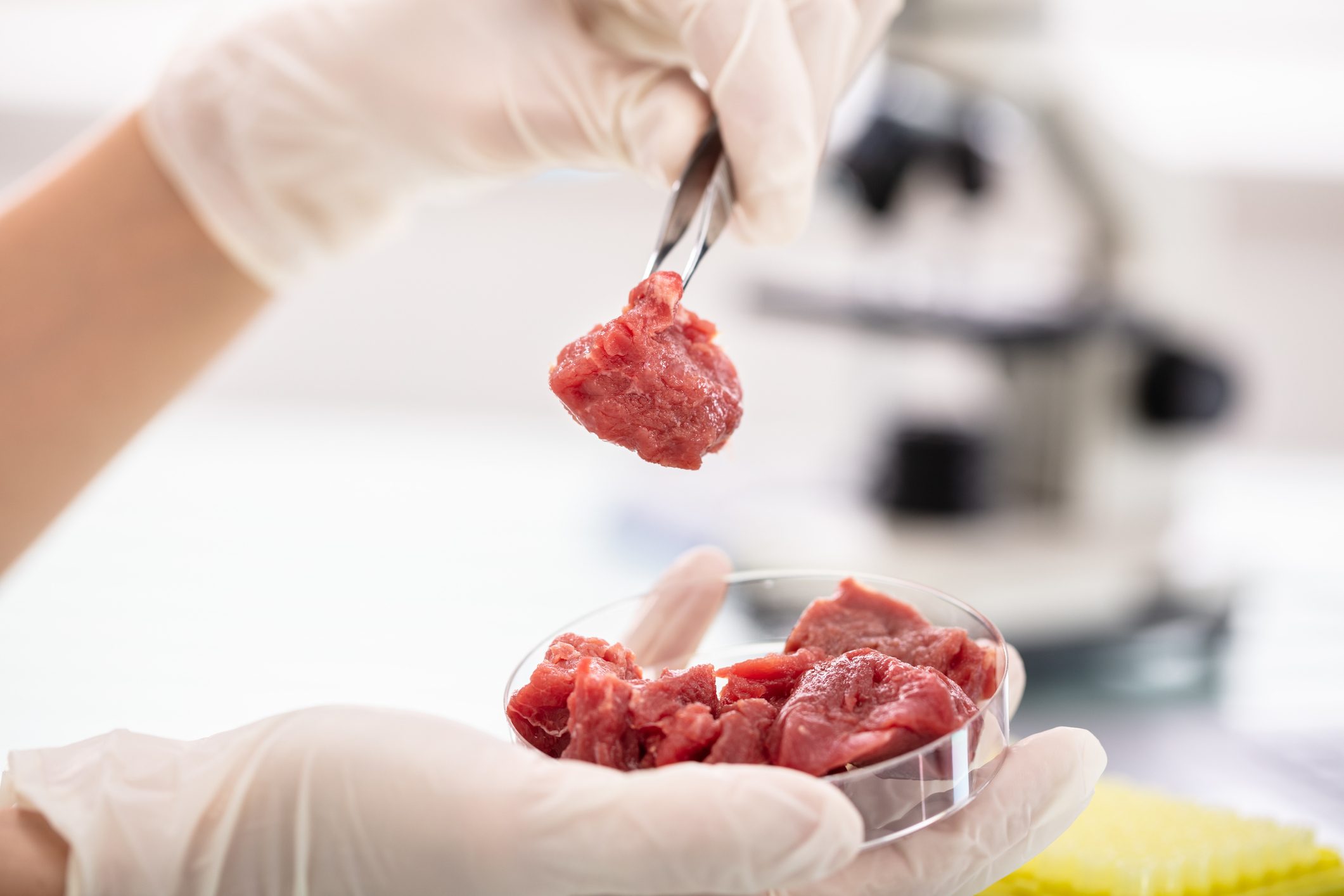;Resize,width=712;)
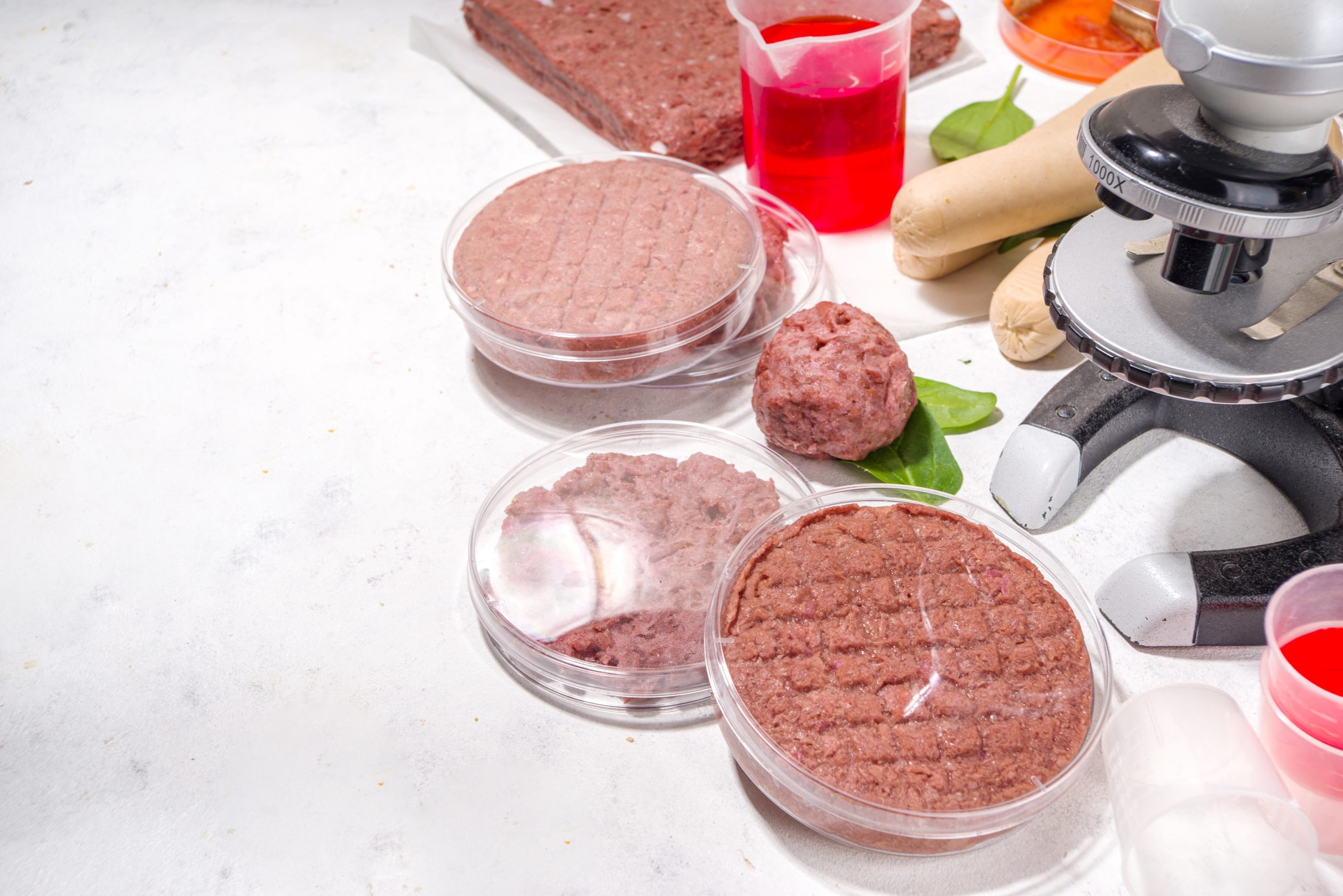;Resize,width=712;)
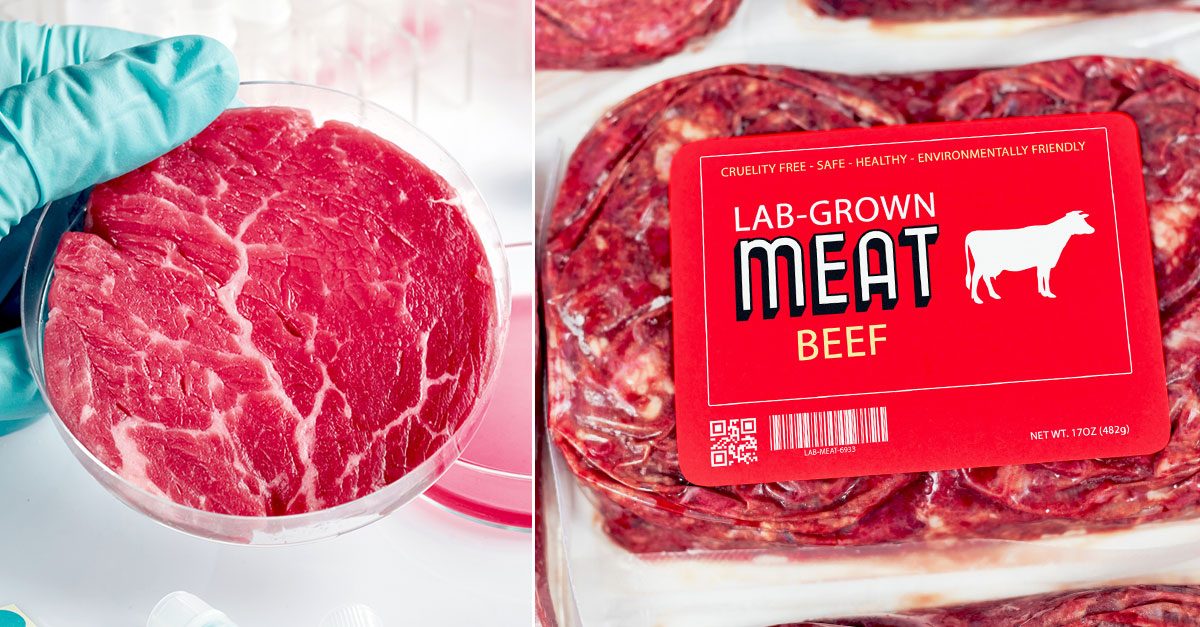;Resize,width=712;)
